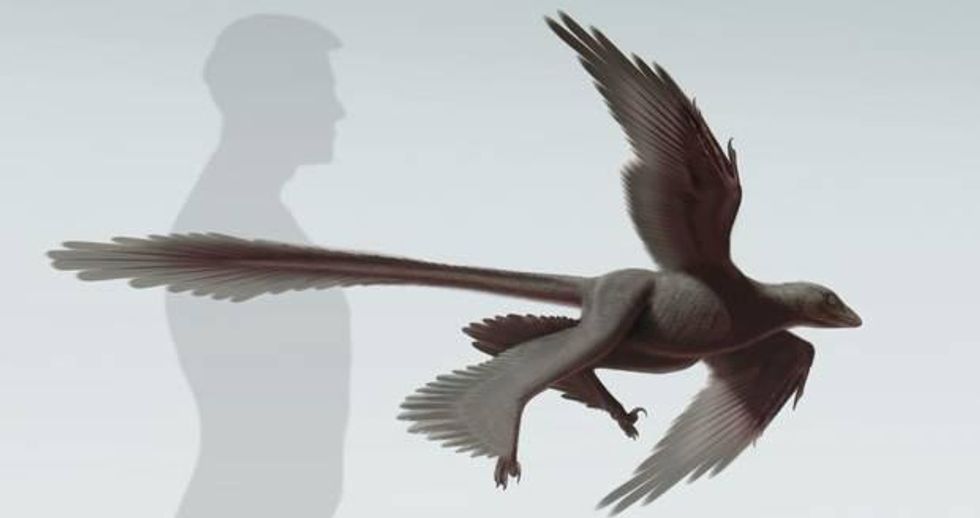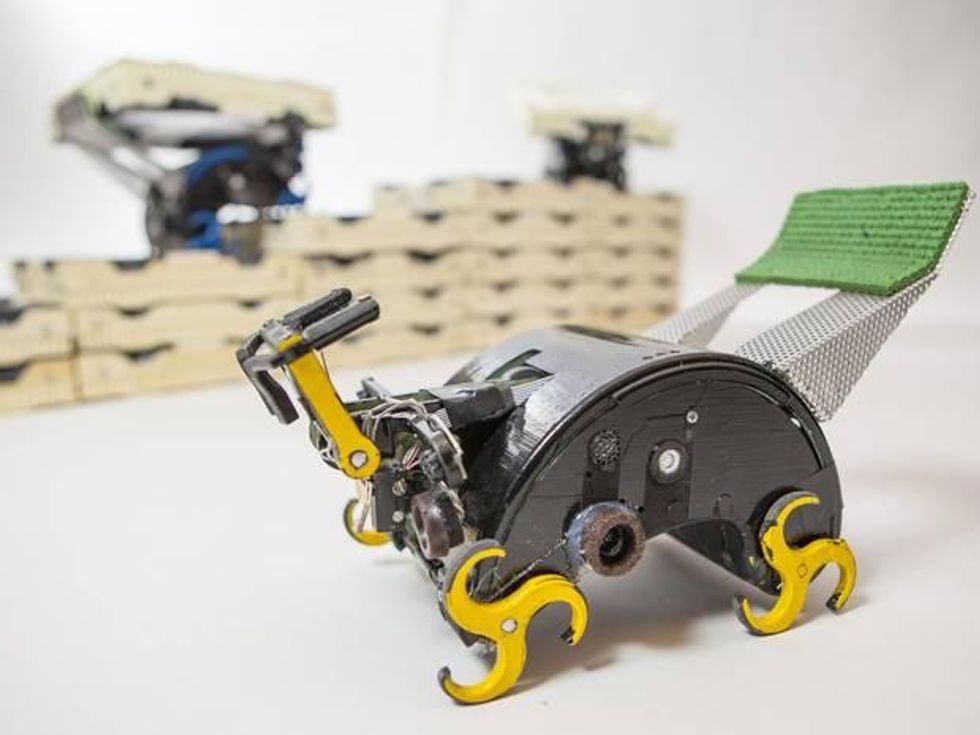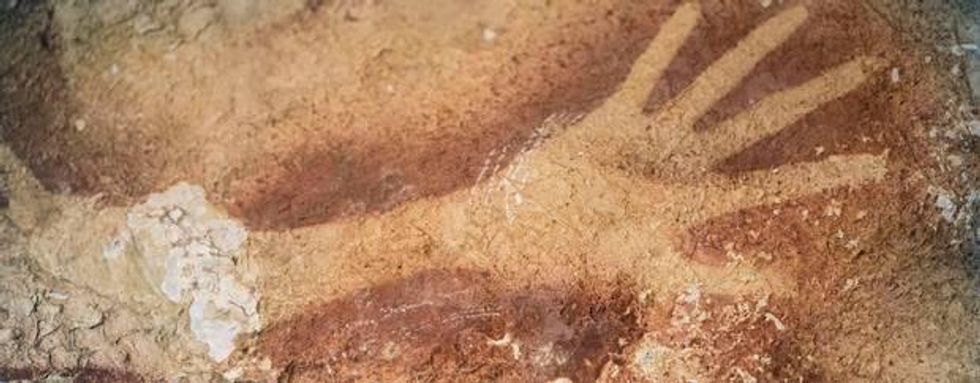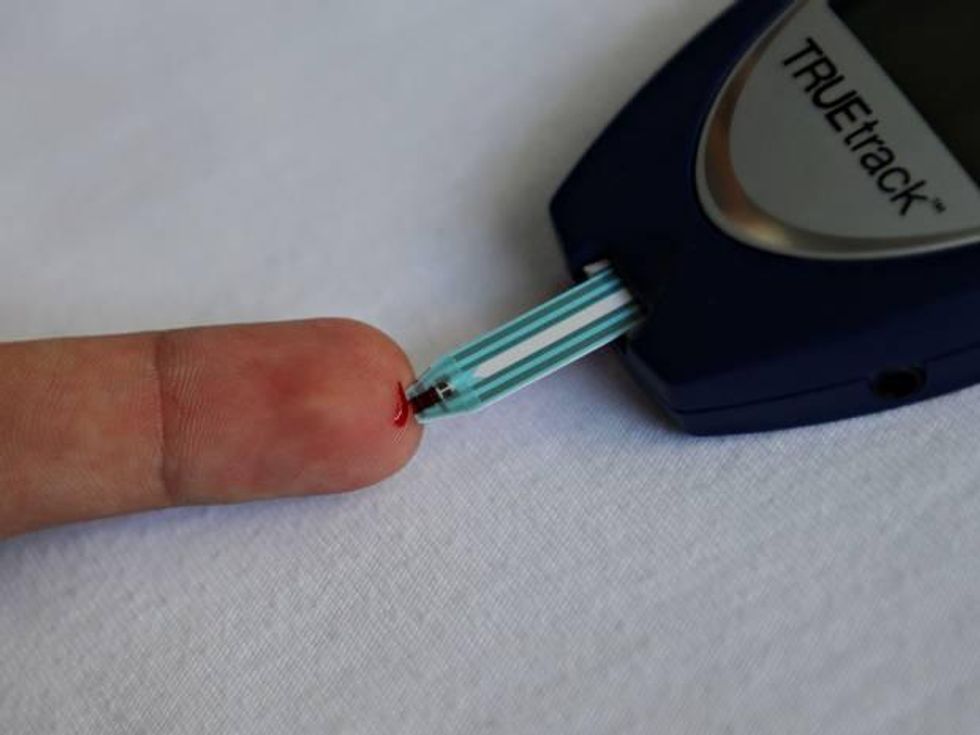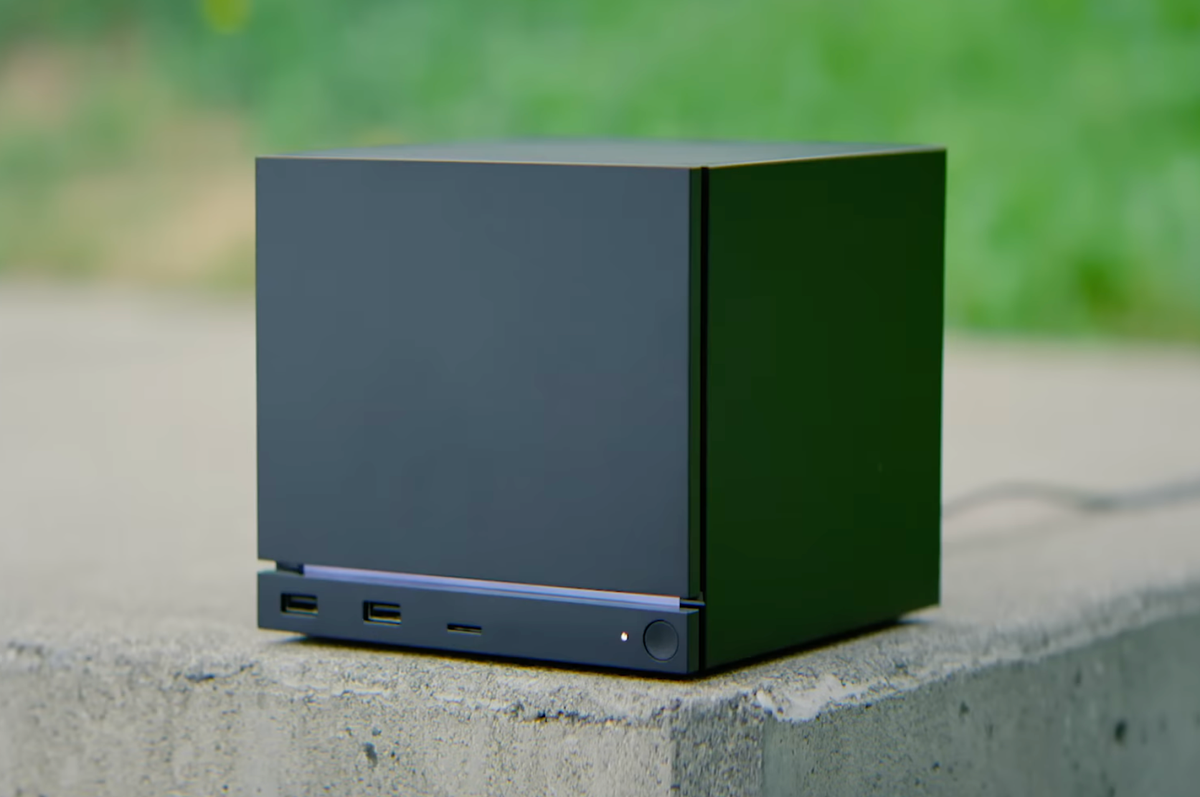Science & Tech
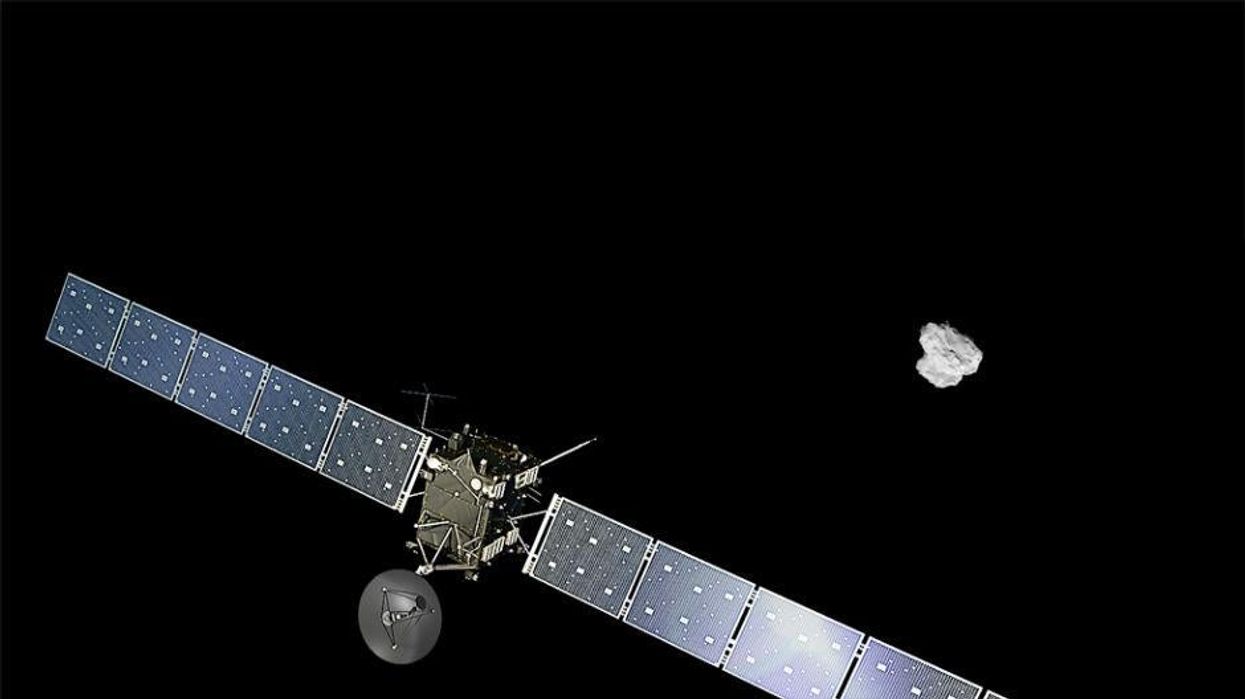
The editors of the prestigious Science journal have voted for their top 10 scientific breakthroughs of 2014.
Breakthroughs should do one of two things: either solve a problem that people have been wrestling with for a long time or open the door to a lot of new research. In this case, most of the really good science lies ahead.
- Robert Coontz, deputy news editor of Science
Here's what they came up with...
1. The Rosetta space mission
For the first time put a spacecraft in orbit around a comet (above) and landed a robotic probe on its surface.
2. The Dinosaur-Bird Transition
This year, a series of papers that compared the fossils of early birds and dinosaurs with modern birds revealed how certain dinosaur lineages developed small, lightweight body plans, allowing them to evolve into many types of birds and survive the last major mass extinction about 66 million years ago.
3. Young Blood Fixes Old
Researchers demonstrated that blood from a young mouse – or just a factor known as GDF11 from young mouse blood – can rejuvenate the muscles and brains of older mice. The findings have led to a clinical trial in which Alzheimer’s patients receive plasma from young donors.
4. Getting Robots to Cooperate
New software and interactive robots that, for example, instruct swarms of termite-inspired bots to build a simple structure or prompt a thousand penny-sized machines to form squares, letters and other two-dimensional shapes are proving that robots can work together without any human supervision.
5. Neuromorphic Chips
Mimicking the architecture of a human brain, engineers at the computer company IBM and elsewhere rolled out the first large-scale “neuromorphic” chips this year, which are designed to process information in ways that are more akin to living brains.
6. Indonesian Cave Art
Researchers realised that hand stencils and animal paintings in a cave in Indonesia, once thought to be 10,000 years old, were actually between 35,000 and 40,000 years old. The discoveries suggest that humans in Asia were producing symbolic art as early as the first European cave painters.
7. Beta Cells
Two groups pioneered different methods for growing cells that closely resemble beta cells – the insulin-producing cells of the pancreas – in the laboratory this year, giving researchers an unprecedented opportunity to study diabetes.
8. Manipulating Memory
Using optogenetics – manipulating neuronal activity with beams of light – researchers showed that they could manipulate specific memories in mice. Deleting existing memories and implanting false ones, they went so far as to switch the emotional content of a mouse memory from good to bad, and vice versa.
9. CubeSats
Cheap satellites with sides that just 10cm square, called CubeSats, really took off in 2014. Once considered educational tools for students, these miniature satellites have started to do real science, according to researchers.
10. Expanding the Genetic Alphabet
Researchers have engineered the gut microbe E coli so that it possesses two additional “letters” of the genetic code – nucleotides known as X and Y – in addition to the normal G, T, C and A that make up the standard building blocks of DNA. Such synthetic bacteria may be used to create designer proteins.
More: Meet Rosetta. The comet-chasing satellite on a 4bn mile journey
Top 100
The Conversation (0)
